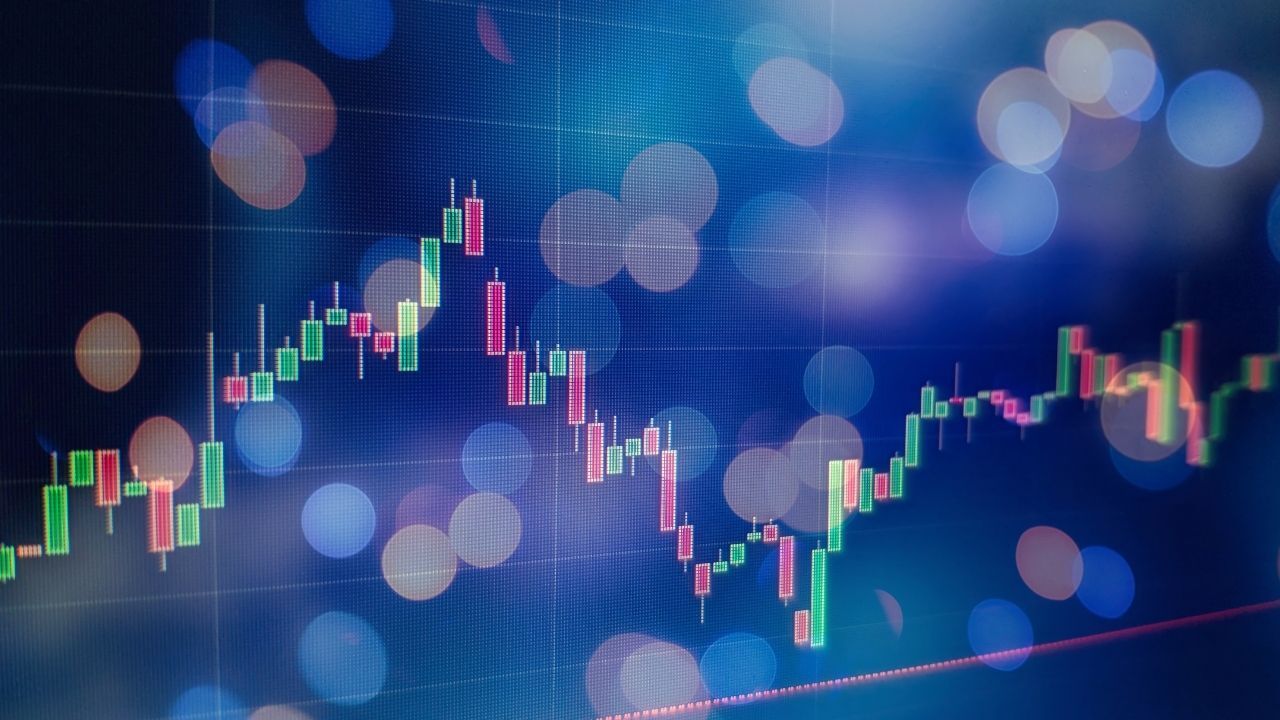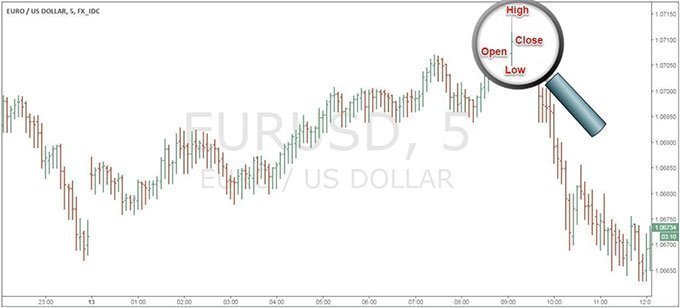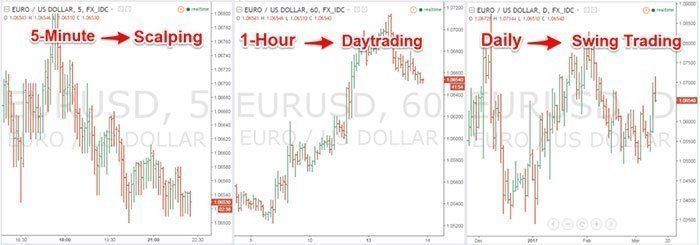
Compare Forex Brokers!
Compare top Forex brokers side-by-side and find the best fit for your trading needs. Start your comparison now!


Professional traders read Forex charts in order to find price patterns and remove any guessing from predicting future market movements. The chart patterns become a map that dictates how to trade, and a trader need only follow what the charts are telling them to do. Technical traders don't try to predict what will happen to the market, but instead, react to what is currently happening in the chart data.
The most popular forex charts are the bar charts, candlestick charts, and line charts. These are simple illustrations to demonstrate the main differences between them.

Bar charts are widespread charting method, where all currency pair price information for any single day is shown on a vertical line. The first price on a bar chart is the opening price and it’s marked as a little node on the left of the bar. The closing price is marked as a second node on the right of the bar. The ceiling the price reached during the day is the high price, and the price floor or the low price is also shown.

The patterns these charts display are a summary of all the activity, from all market participants, and give a trader insight into the collective market psychology. It is the interactions between the buyers and sellers that generate volatility, and studying the charts help identify the best moments to buy or to sell currency pairs.
Overlaying technical analysis tools on charts help predict future price action, and give insight into the market direction and the strength of the trends.
Total volume is the sum of all orders on the market - both buying and selling. If there are more traders buying than selling, the value of the currency will increase, but if there is more selling than buying the value of the currency will decrease.
If the current price is rising but volume is decreasing, this can be an early sign that the trend is losing momentum and could reverse, and the same holds true if it the currency price is falling, but volume is decreasing.
There are a number of set time frames used in charting the Forex market. All Forex trading platforms offer charts starting from the 1-minute chart, to the weekly chart, and even monthly charts. Higher time frames, such as the daily chart, provide a better perspective for analyzing support and resistance levels, but each of the time frames has advantages and disadvantages for different types of trader.

Explore more resources that fellow traders find helpful! Check out these other guides to enhance your forex trading knowledge and skills. Whether you’re searching for the best brokers, educational material, or something more specific, we’ve got you covered.